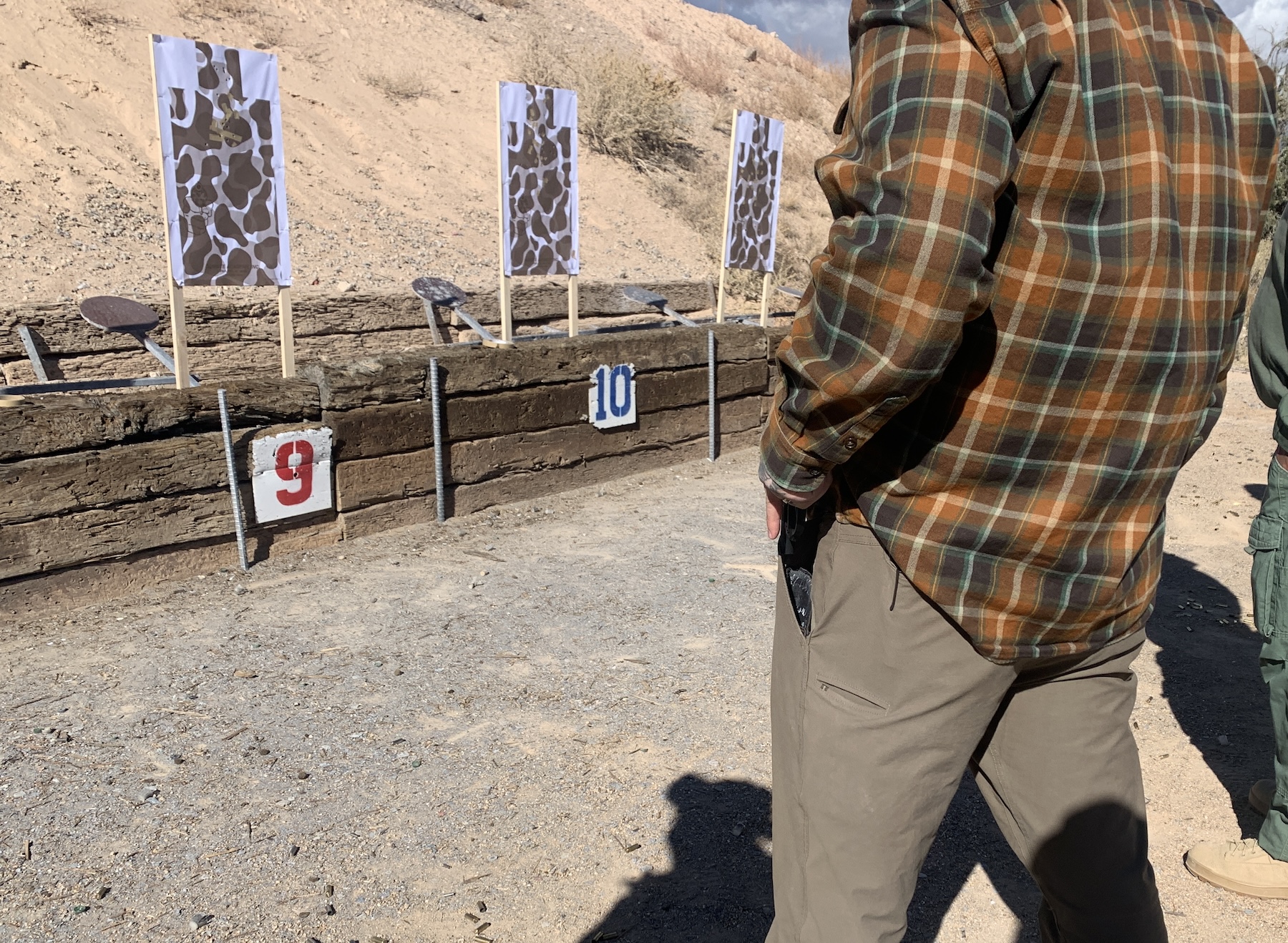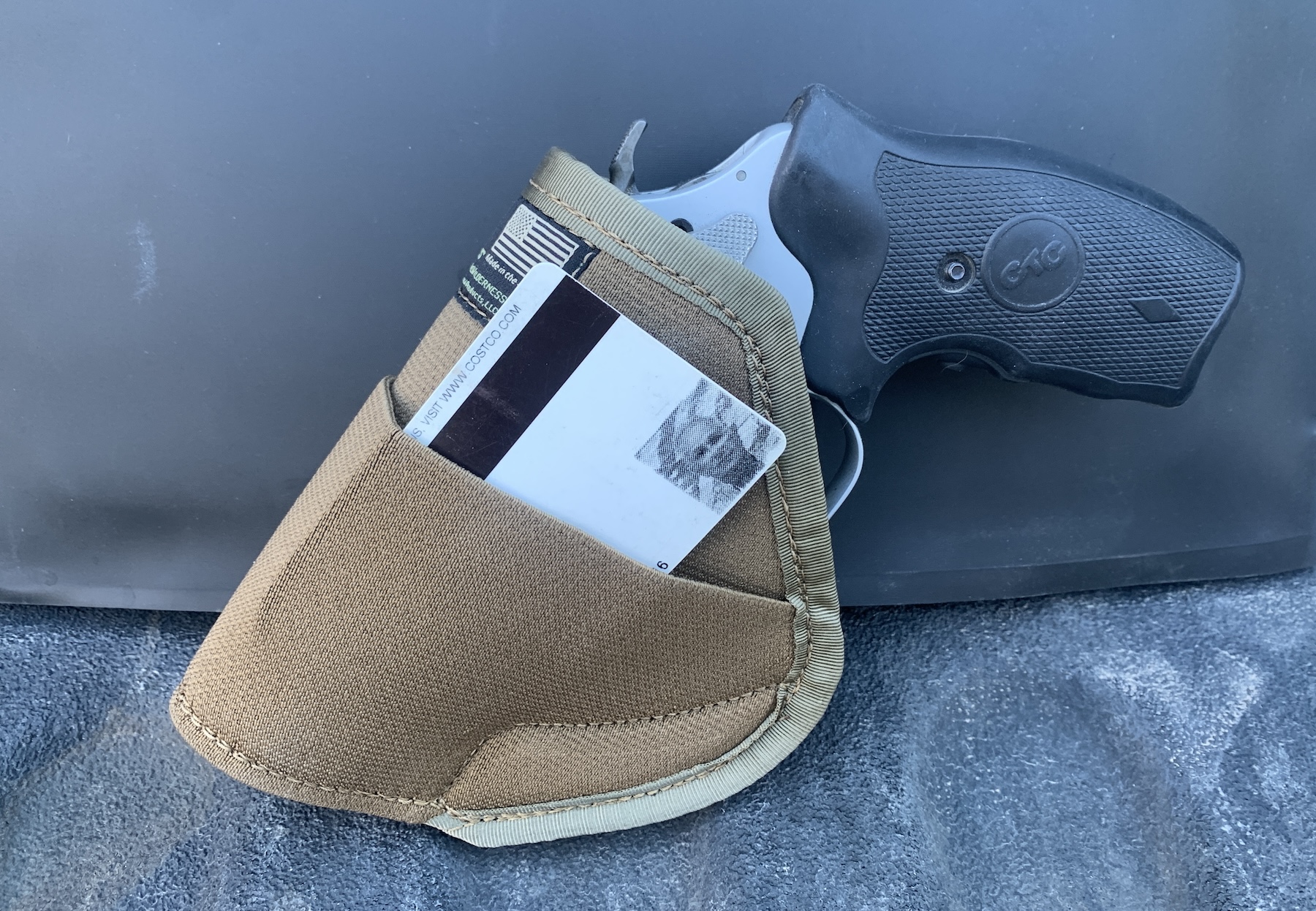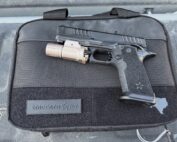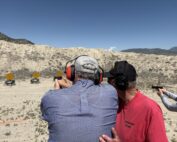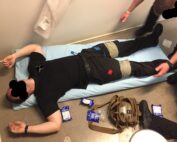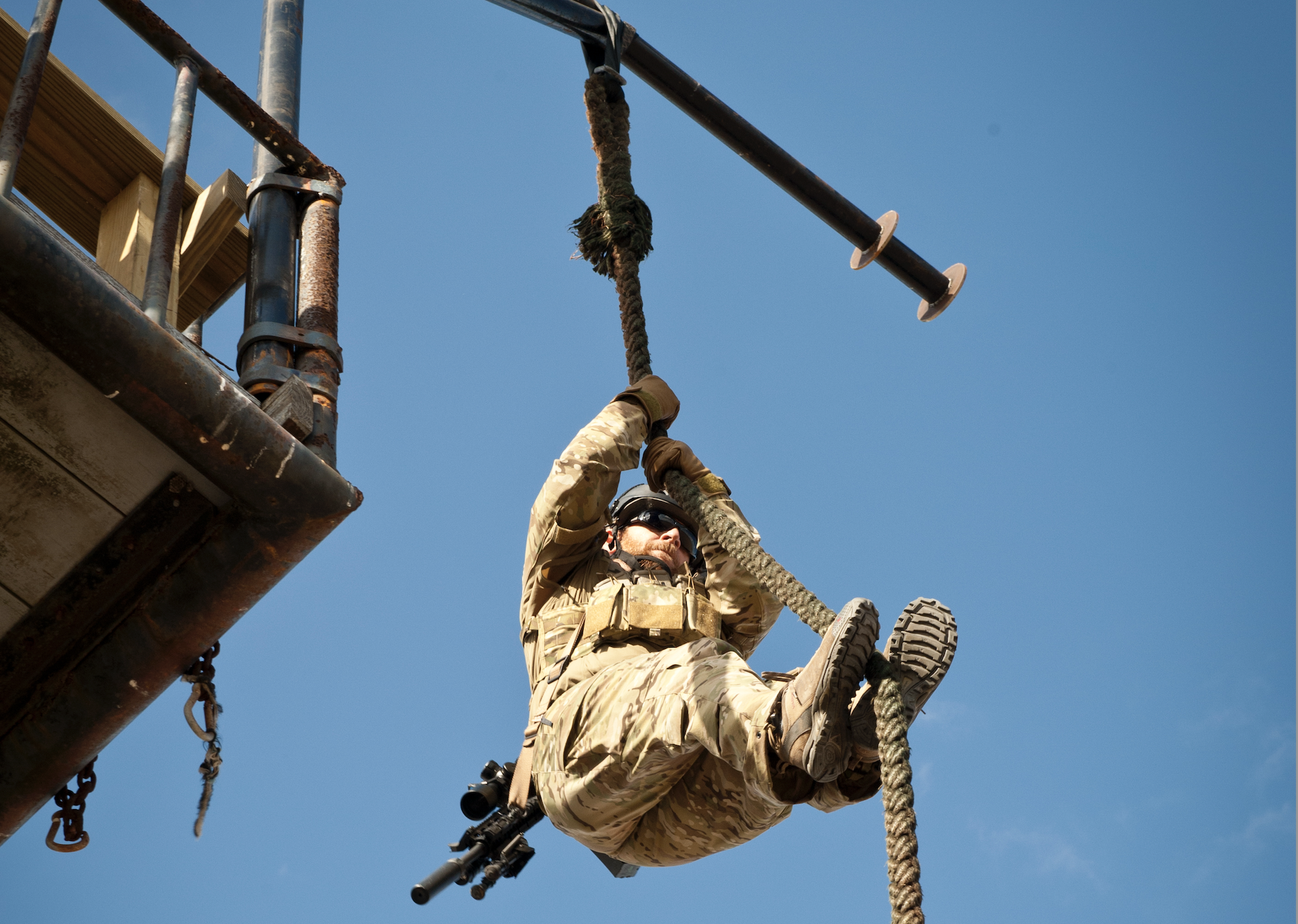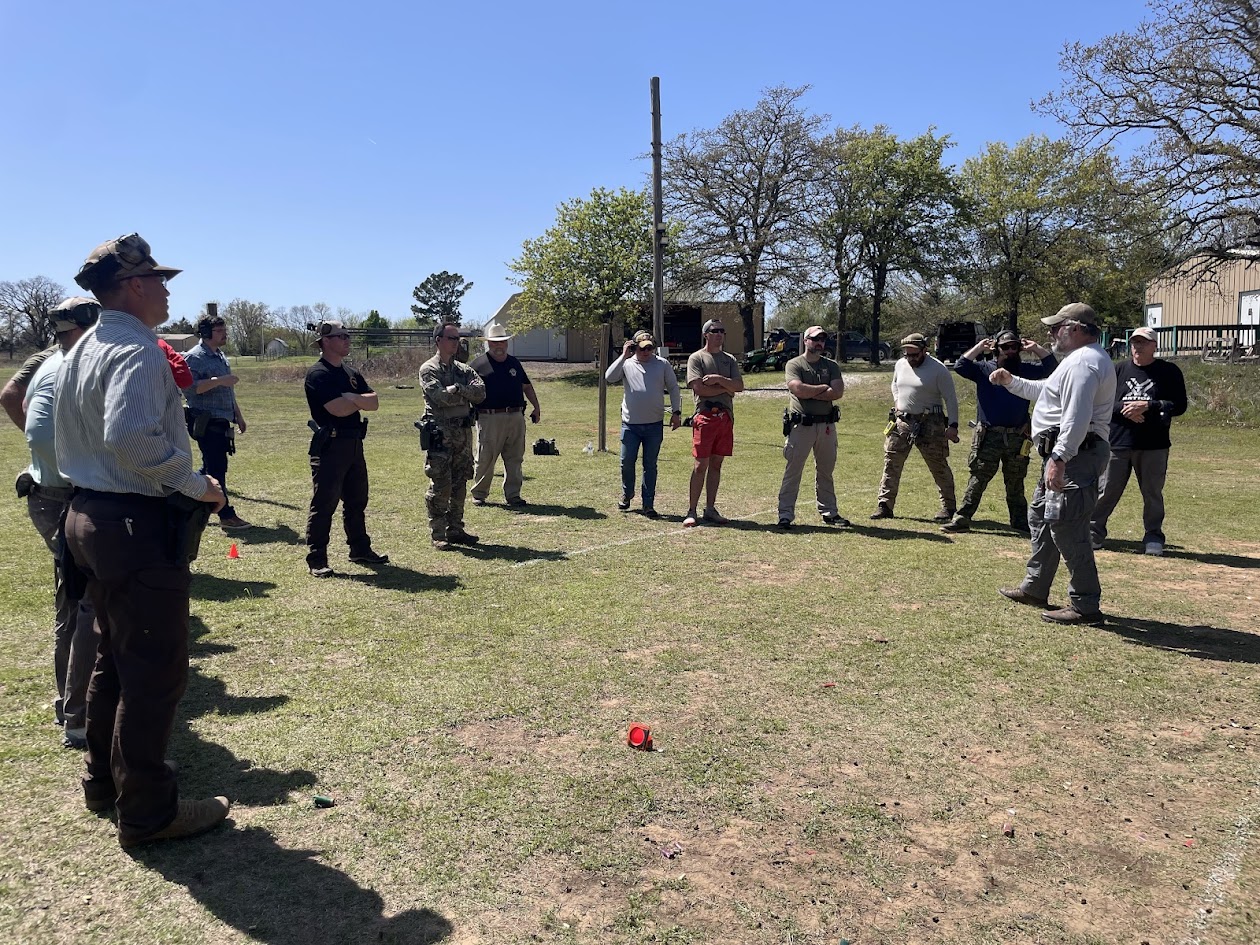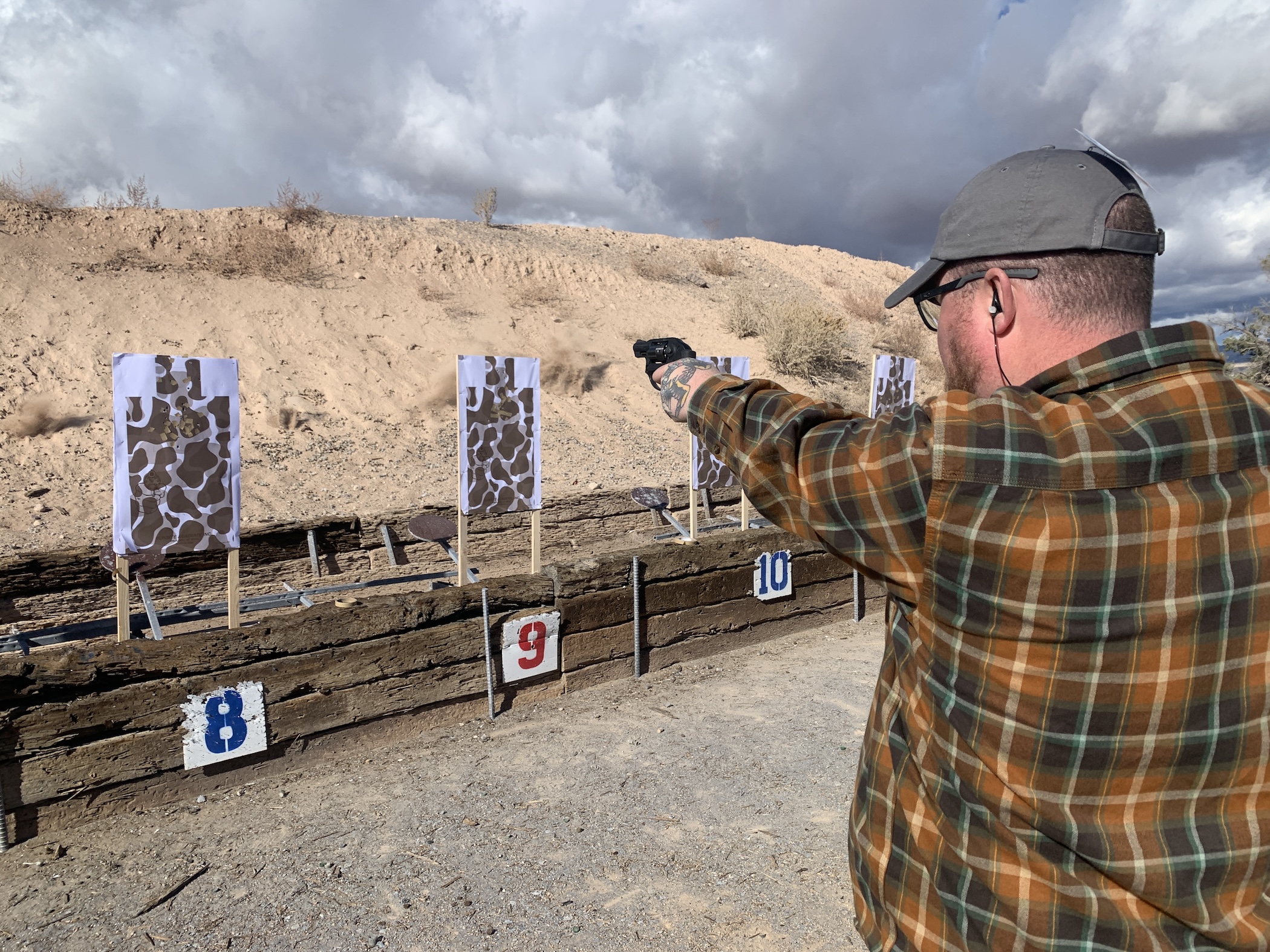
feature_2435
While revolvers are filling a retro niche these days, they are often overlooked and unappreciated by a fair amount of law enforcement. And there are many generational and equipment reliability reasons behind that.
Reasons
When I started, there were three definite reasons that backup guns (henceforth BUG) were as common as they were. First, it was still very close to the Officer Survival / Officer Safety era. Officers then were very much looking for every advantage they could get.
Second, revolvers were still the norm in duty holsters across the country. They were perceived as slower to reload – though practice could minimize if not outright negate, that. Stoppages with revolvers were closer to catastrophic.
Third, the then-new-fangled semi-auto pistols were not necessarily known for being completely reliable.
All of those combined resulted in BUGs being very commonly carried by uniformed deputies, officers, and troopers. Well, at least in those organizations that recognized the need for a second firearm.
For most of my career, my BUG was a Smith & Wesson model 442 – a hammerless revolver in .38Special. I carried my BUG in my off-side front trouser pocket, in pocket holsters from Kramer, Mika, and Blue Force Gear. I also carried a 9mm shield as my BUG for a couple of years.
Training
During the recent Pat Rogers Memorial Revolver Round-Up (more on it during an upcoming article), I took a two-hour class that focused on employing a BUG carried in one’s off-side trouser pocket. I figured this would be a good one to take.
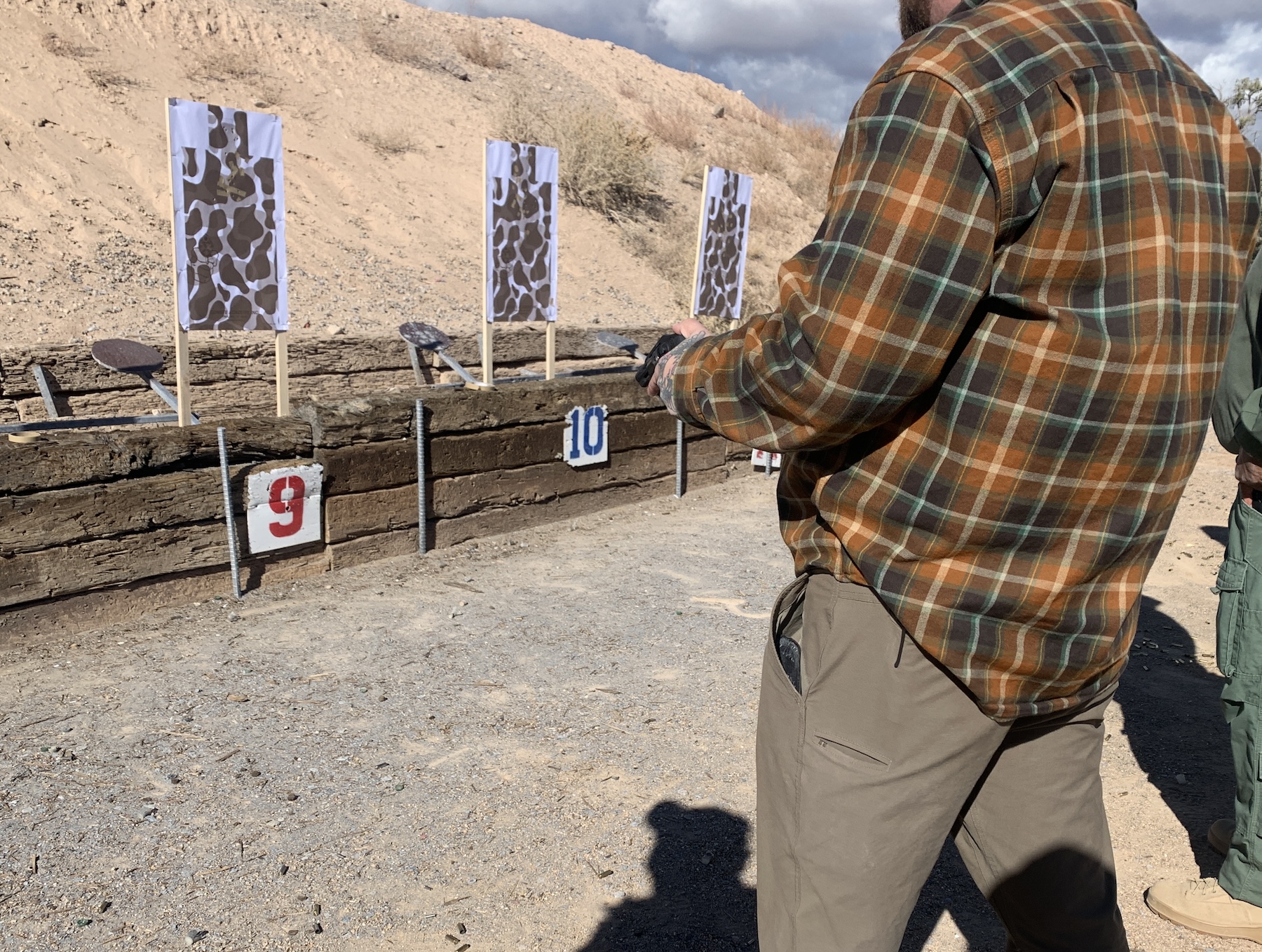
Ian’s trigger finger is straight along the BUG’s frame – since he is not yet on target (even if he has made the decision to shoot).
It was taught by Dave Dolan, with the assistance of Darryl Bolke. Dolan retired from the Los Angeles Police Department as a lieutenant. He had extensive experience in uniformed and plain clothes operations during his career. Additionally, Dave was a firearms instructor at their academy. Darryl should be known to some of you since he has previously written for American Cop.
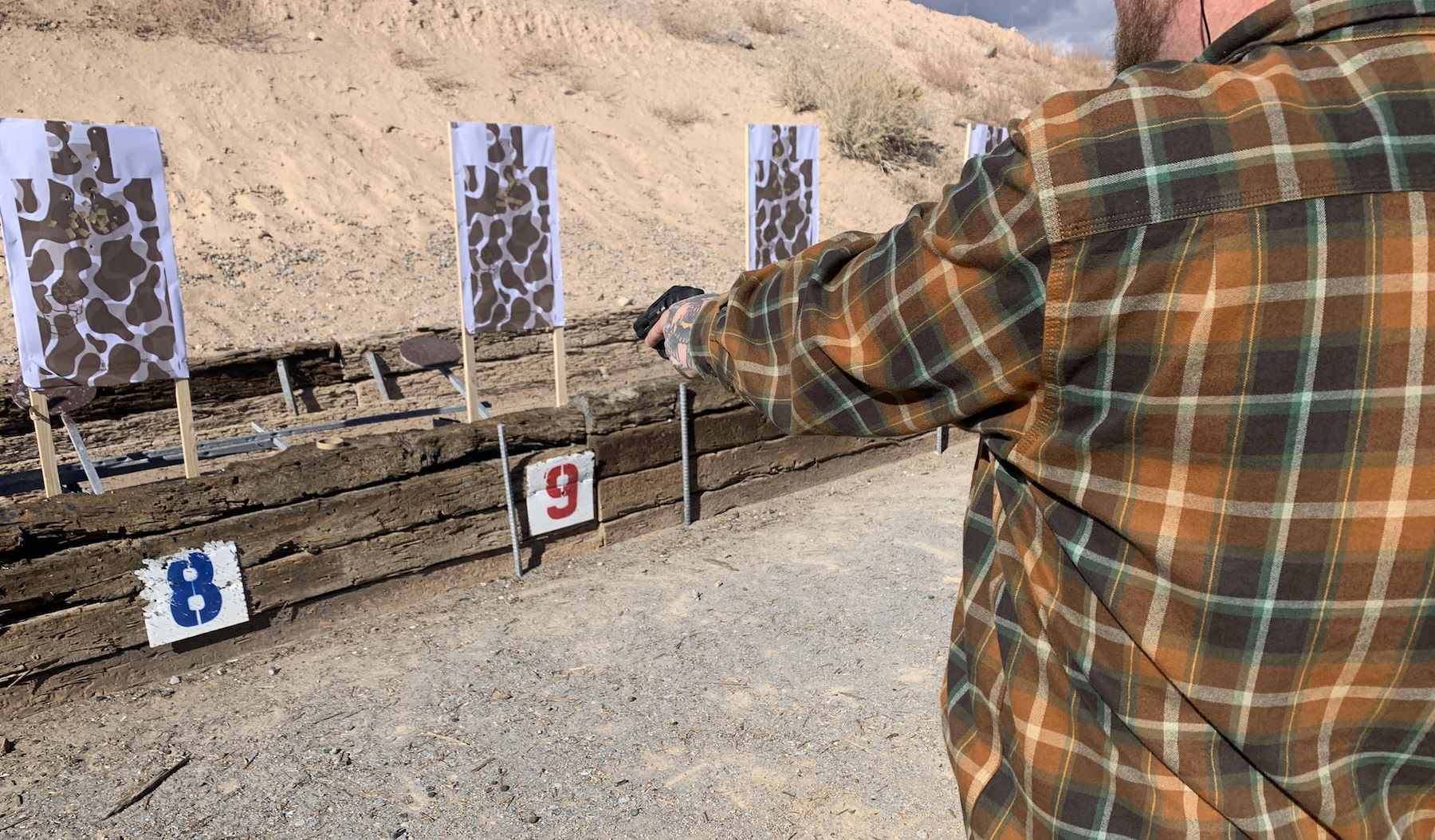
Dave had the shooters work from Low Ready (muzzle depressed) until he was comfortable with everyone’s skills.
Dave started by talking through the role of a BUG along with the pros and cons of various carry positions. Each one has inherent strengths and weaknesses. The best choice for your role may not be good for the next guy.
Options
For example, ankle carry is a good choice if most of your work is within the passenger compartment of a vehicle. Especially since it is much easier to access. However, it will not be a good choice if you end up in an entangled fight on the ground.
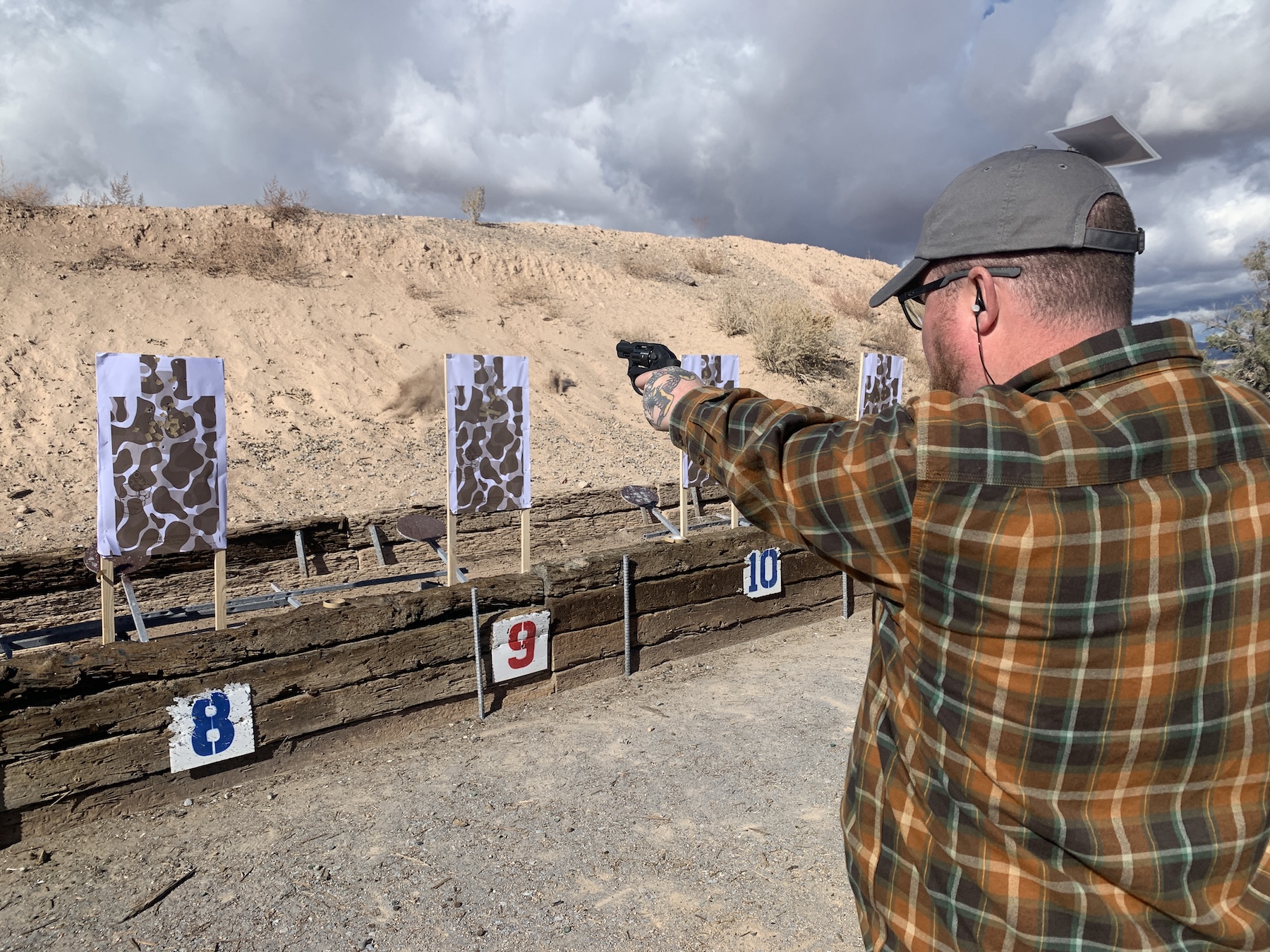
It’s great to see companies that take training seriously. Ian Mackowski, from Big Tex Ordinance, volunteered to be in these photos.
Likewise, pocket carry may be difficult to access while seated in the car, but it may be a really good idea for when you are standing there talking with someone and you “need” a gun in your hand without it being seen by others.
A BUG is generally carried in a place immediately accessible with your weak hand. The premise is that your dominant hand is likely engaged in something important – like keeping your handgun in the holster during an attempted takeaway – or has been injured. A common occurrence in police work.
Range Work
Dave checked our grip and trigger control by having us dry practice shots to the body and head.
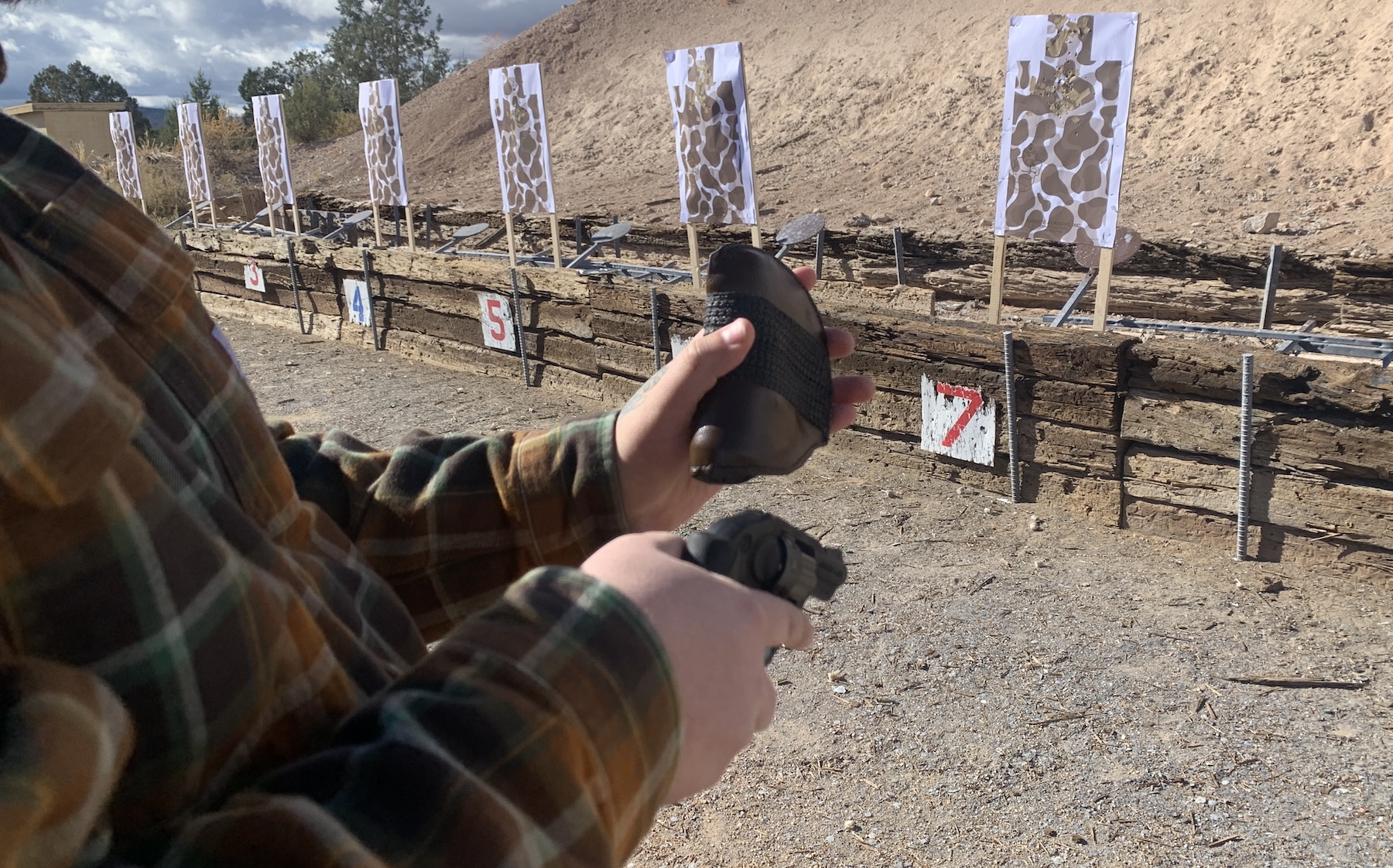
To re-holster, transfer the BUG to your strong hand, retrieve your holster, and put it back in. Ian’s using one of Mika’s pocket holster.
From there, we moved on to drawing from the holster in the off-side trouser pocket. The process?
- As with a traditionally holstered handgun, establish your grip on the handgun before starting to remove it from the holster;
- Then, clear the holster and the pocket itself. This will be difficult if the BUG has an exposed hammer. That is why hammerless revolvers are preferred, as are designs with enclosed or bobbed hammers. The same thing would apply to an optic-equipped gun;
- Once in the open, you can move the BUG to either a ready position or on-target while obtaining a sight picture;
- Following rule #3 by keeping your finger on the frame until you have made the decision to shoot and your sights are on target is especially important given that you are using your weak hand;
- You’ll then fire the shot and follow through as needed to end the threat.
Please file it away in the back of your head just how bad it must be for you to be fighting weak hand only with a pocket-carried BUG.
For safety reasons, we remained at the low ready after the shooting and post-engagement sequences were completed. Dave had us transfer the BUG to our strong hand. Then, we retrieved the holster from the pocket. We re-holstered the revolver before returning it to the off-side trouser pocket with our support hand.
Live Fire
Going to live fire, we started with single body shots from the low ready, weak hand only. We progressed to single headshots. We finished with both pairs to the body and additional headshots.
Policy Concerns
Work like this is invaluable for uniformed officers, investigators, and the public. If you carry an exposed primary handgun, this is part of your weapon retention strategy. This is a much-needed skill if you carry a 2” revolver (or a small semi-auto) off-duty or a house gun.
If an agency is scared about the claim of the BUG being a “throw down” gun, there are simple solutions. Include the BUG in policy. Require training and qualification with the BUG. That documentation should include the handgun’s make, model, and serial number. That will preclude the claim that the BUG was carried for some nefarious purpose.

Your author getting some training time during the class with his long-carried hammerless S&W Model 442.
Final Thought
While the revolver is (re)gaining popularity in a retro way, the long-serving and experienced practitioners who did really good work with them are shrinking in numbers. It would be worth your time to seek them out for knowledge and training while time allows you to.
RESOURCES:


 (No Ratings Yet)
(No Ratings Yet)
